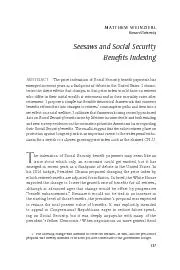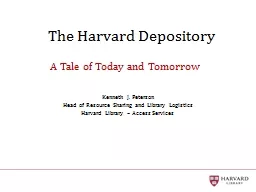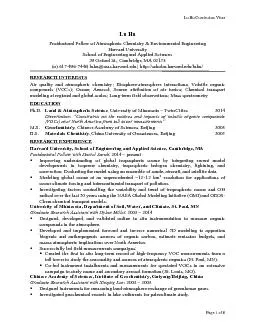PDF-MATTHEW Harvard UniversitySeesaws and Social SecurityThe price indexat
Author : natalia-silvester | Published Date : 2015-10-18
Brookings Papers on Economic Activity Fall 2014policy challenges yielded little progress over the ensuing year the president removed the proposal from his 2015 budget
Presentation Embed Code
Download Presentation
Download Presentation The PPT/PDF document "MATTHEW Harvard UniversitySeesaws and So..." is the property of its rightful owner. Permission is granted to download and print the materials on this website for personal, non-commercial use only, and to display it on your personal computer provided you do not modify the materials and that you retain all copyright notices contained in the materials. By downloading content from our website, you accept the terms of this agreement.
MATTHEW Harvard UniversitySeesaws and Social SecurityThe price indexat: Transcript
Download Rules Of Document
"MATTHEW Harvard UniversitySeesaws and Social SecurityThe price indexat"The content belongs to its owner. You may download and print it for personal use, without modification, and keep all copyright notices. By downloading, you agree to these terms.
Related Documents














